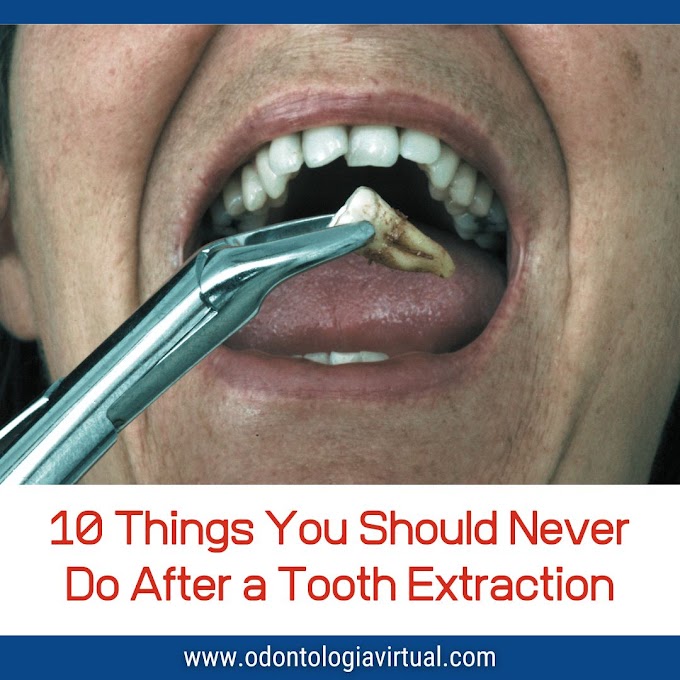Porphyromonas gingivalis—a Gram-negative, anaerobic bacterium and key driver of chronic periodontitis—has emerged as a critical pathogen not only in dental disease, but in serious systemic conditions affecting the heart, brain, endocrine system, and even pregnancy outcomes.
Recent years have seen a surge in research revealing how P. gingivalis escapes the confines of the oral cavity, leveraging its virulence factors to provoke local and systemic inflammation, evade immunity, and infiltrate distant organs.
Below, you'll find a comprehensive overview of its pathogenic roles and the latest scientific findings from 2023 to 2025.
Oral Health Impact
As the keystone pathogen in chronic periodontitis, P. gingivalis profoundly disrupts microbial balance, promoting inflammatory bone destruction and tooth loss.
It manipulates the immune system via its virulence arsenal—gingipains, lipopolysaccharides, fimbriae, capsules, and outer membrane vesicles—enabling persistent infection and evasion of host defenses.
Its quorum sensing mechanisms, mediated by autoinducers (AI‑1/AI‑2), enhance biofilm formation and inter-species cooperation within the oral microbiome, heightening its pathogenicity.
► DENTAL BOOK: Little and Falace's Dental Management of the Medically Compromised Patient – 10th Edition (2023)
Systemic Implications
★ Cardiovascular Disease
P. gingivalis has been detected within atherosclerotic plaques, contributing to chronic inflammation and oxidative stress—key drivers of cardiovascular events.
★ Diabetes
Periodontitis and P. gingivalis infection significantly increase the risk of type 2 diabetes—and conversely, diabetes exacerbates periodontal destruction—creating a harmful feedback loop.
★ Rheumatoid Arthritis
Through citrullination of host proteins, P. gingivalis may trigger or amplify autoimmune responses critical in rheumatoid arthritis pathogenesis.
★ Neurodegenerative Diseases (Especially Alzheimer’s Disease)
Powerful evidence links P. gingivalis to Alzheimer’s: its gingipains have been found in brains of AD patients, and in animal models, infection promotes amyloid-beta accumulation and cognitive decline; notably, gingipain inhibition mitigates these effects.
P. gingivalis and its inflammatory factors can cross the blood‑brain barrier, ignite neuroinflammation via microglial activation, and impair neuronal survival—highlighted in a recent 2025 review.
Antibody levels against P. gingivalis correlate significantly with Alzheimer’s incidence, further suggesting its role in disease progression.
★ Pregnancy and Other Health Risks
It’s associated with adverse pregnancy outcomes, including preterm birth and low birth weight, due to its ability to incite systemic inflammation.
Beyond these, it’s implicated in conditions like non-alcoholic fatty liver disease, and even certain cancers—often via its systemic inflammatory and immune-modulating activities.
► Gingipains: The Oral Bacterial Toxins That Could Harm Your Brain
Take-Home Message
Porphyromonas gingivalis is not just another oral bacterium—it’s a stealthy assassin, exploiting immune evasion, inflammatory signaling, and inter-organ travel to damage not only gums, but vital systems like the brain, heart, and metabolic networks.
Your dental care routine isn’t just about preserving your smile—it could be saving your life.
References (2023–2025)
- Messina BM et al., Applied Sciences, 2025 – Mechanistic links between P. gingivalis and systemic diseases like cardiovascular disease, diabetes, RA, and Alzheimer’s.
- Huang Z et al., Frontiers in Immunology, 2025 – Review on P. gingivalis crossing the BBB and triggering neurodegeneration.
- Kong L et al., Alzheimer’s Research & Therapy, 2025 – Gingipains and LPS disrupt BBB, elevate amyloid-beta in brain; gingipain inhibitors reduce accumulation.
- Jiang Y et al., Frontiers in Cellular and Infection Microbiology, 2025 – Detection of P. gingivalis in AD patient brains using qPCR and FISH; link to neuroinflammatory pathways.
- Afzoon S et al., Systematic Review, 2023 – Role of P. gingivalis in foam cell formation and cardiovascular inflammation.
- Sarmiento‑Ordóñez JM et al., 2025 – Gingipains may trigger amyloid plaque formation and neuronal damage.
- Seyedmoalemi MA et al., 2025 – Elevated anti-P. gingivalis antibodies associated with Alzheimer’s risk.
- Zhao ZZ et al., Front Oral Health, 2025 – Quorum sensing mechanisms enhancing P. gingivalis virulence.













